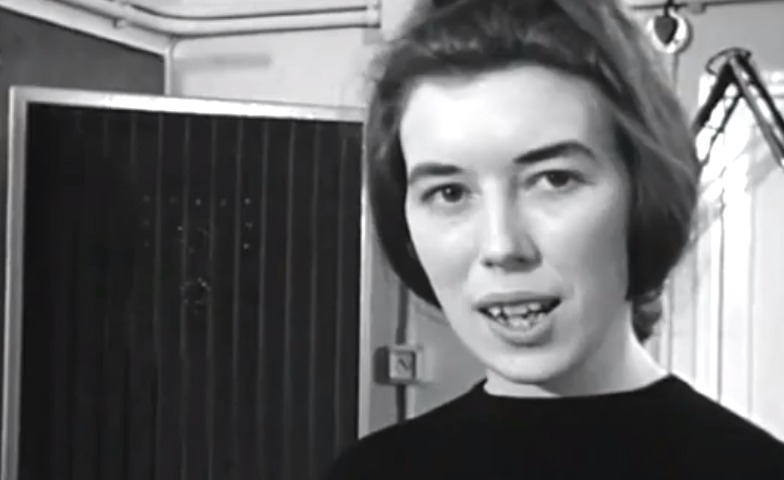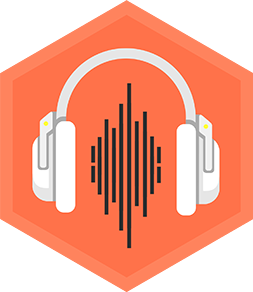Make a looped beat
Make a short looped beat using claps, tapping, simple instruments, and a free looping app or recorder to practice timing and layering.



Step-by-step guide to make a short looped beat
How to Use Loops to Make Drum Beats | Smart Loops | Cakewalk by Bandlab Tutorial | Caketorials
Step 1
Gather all your materials and bring them to a quiet spot so you can hear your beats clearly.
Step 2
Sit or stand next to the tapping surface so your hands and instrument are within easy reach.
Step 3
Open the looping app or recorder on your device to get ready to capture sound.
Step 4
Create a new project or new recording in the app so you have a blank loop to work on.
Step 5
Choose a loop length of four counts and say out loud "1 2 3 4" so you know the timing.
Step 6
Practice clapping a steady four-count beat a few times to feel the pulse.
Step 7
Press the app's record button and record one cycle of your steady clap or tap pattern.
Step 8
Stop recording and turn that clip on to loop so it repeats automatically.
Step 9
Pick a second sound to add like your shaker tambourine or a different tapping spot.
Step 10
While the loop plays press overdub or record and play the second sound along with the beat for one or two loops.
Step 11
If you want more layers pick another sound and record one more overdub to build your groove.
Step 12
Adjust the app volume sliders so every sound can be heard and the beat feels balanced.
Step 13
Save or export your finished loop so you don't lose your awesome creation.
Step 14
Share your finished loop on DIY.org so friends and other kids can hear your beat!
Final steps
You're almost there! Complete all the steps, bring your creation to life, post it, and conquer the challenge!


Help!?
What can we use if we don't have a shaker, tambourine, or a looping app?
If you don't have a shaker or tambourine, use a sealed plastic container with rice as a shaker and an empty bowl or table as the tapping surface, and record with your phone's Voice Memos or any recorder app instead of a looping app.
My overdub sounds out of time or noisy — what should I check?
If the overdub is out of time or noisy, replay the loop, practice clapping the '1 2 3 4' pulse from step 6, use a metronome, re-record a shorter, precisely timed clip (step 7), and then adjust the app volume sliders to balance levels and reduce background noise.
How can I change the activity for younger or older kids?
For younger children, simplify by recording just one steady clap loop and doing a single overdub (record one cycle, loop it, then overdub once), while older kids can add multiple overdubs, experiment with different tapping spots and instruments, and export the finished loop to DIY.org.
What are simple ways to make the loop more interesting or personal?
To personalize and extend your groove, try increasing the loop length to eight counts, add a melodic overdub with a toy keyboard or singing, apply app effects, then save/export different versions before sharing on DIY.org.
Watch videos on how to make a short looped beat
Drum Machine 101 Ep. 1 - First Steps | How to program your first beat on any drum machine
Facts about rhythm and looping for kids
⏱️ The modern mechanical metronome was patented in 1815 to help musicians keep steady time.
🥁 Artists like Ed Sheeran use live looping to build full-sounding songs by themselves on stage.
👏 Hand claps and body percussion have been used in music around the world for thousands of years.
📱 Many free smartphone apps and simple recorders let you overdub loops so you can layer beats at home.
🧠 Practicing with short loops trains your timing and makes it easier to play parts so they lock together.
How do you make a short looped beat with claps and a looping app?
What materials do I need to make a looped beat with claps and simple instruments?
What ages is making looped beats suitable for?
What are the benefits of making looped beats for kids?


One subscription, many ways to play and learn.
Only $6.99 after trial. No credit card required



![How to Make Drum Loops For Beginners [Ableton Live Tutorial]](https://img.youtube.com/vi/m4ai_yuZ498/mqdefault.jpg)